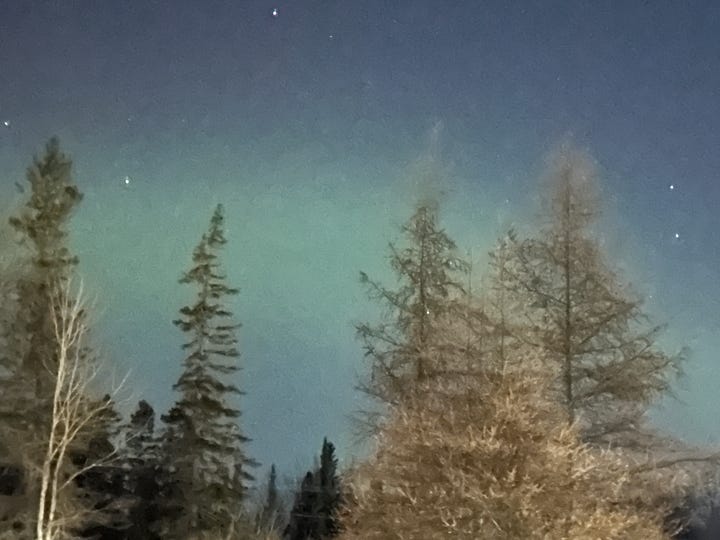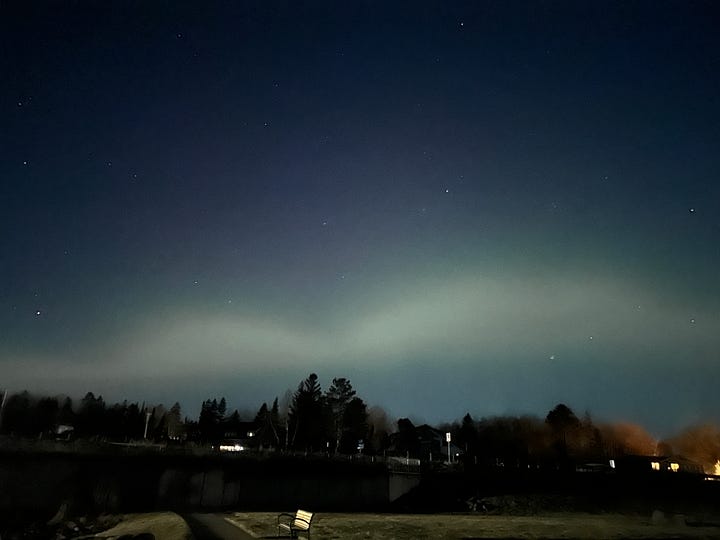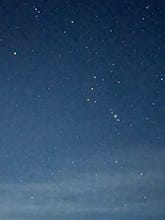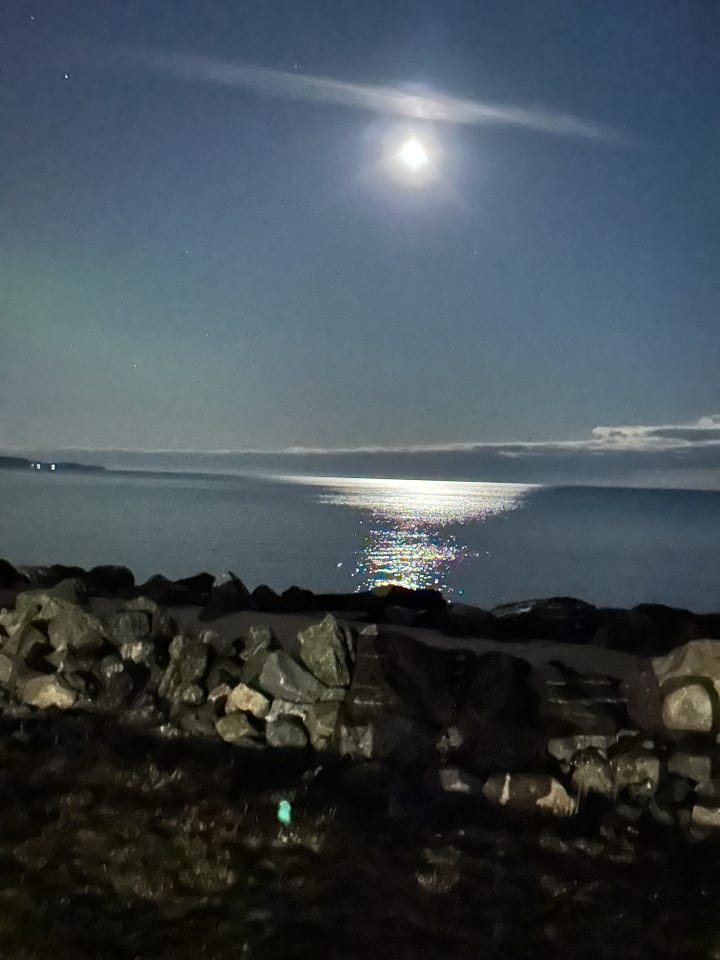The opening scene of my manuscript paints a vivid picture of five-year-old Janette, surrounded by her mother and four siblings, gazing up at the stars, pointing out constellations—an activity reminiscent of my own childhood. While my knowledge is limited to the Big Dipper, the magic of the night sky is a shared experience.
A couple of paragraphs later, the narrative unfolds to a moment etched in Janette's memory: being awakened by their mother, Winifred, to witness the awe-inspiring Northern Lights. This spectacle, vividly recalled 80 years later, is a charming scene of rural life in Minnesota. The challenge arises as I, the author, admit I've never witnessed the Northern Lights despite living above the 45th parallel most of my life. Yet, this paradox encapsulates the essence of creative nonfiction—capturing experiences beyond personal encounters.
Moving to Duluth, Minnesota, latitude 46, heightened my awareness of optimal conditions for viewing the Northern Lights. Despite diligent efforts, from turning off lights to venturing outside town, I remained unsuccessful. Lately, fatigue often triumphs, and I go to bed, missing potential sightings.
Last Friday night, spurred by a promising forecast and a friend's photo on social media, determination set in—I yearned to witness the Northern Lights before my book's publication. Fatigue tugged, but the weather map hinted at visibility as far south as Iowa, a slightly south latitude of Slayton, a town near Janette's upbringing.
Driving to McQuade Harbor, north of Duluth, my husband and I sought darkness for optimal viewing. He, an electrical engineer and the designer of this very parking lot lighting, found it dim; I perceived it as too bright for spotting night sky delights. After walking across the parking lot, we walked through a pitch-black tunnel beneath Old Highway 61 (a.k.a. North Shore Drive.) Guided by a cellphone flashlight, toward the eerie solitude along Lake Superior. I was a bit spooked by the total darkness, and I thought I could hear a human voice in the tunnel, which intensified the eeriness. But as we emerged from the tunnel, I decided the sounds we heard were waves and drifting ice, mimicking distant whispers. After standing near Gitche Gumee looking at the sky with its bright stars and Beaver Moon, we noticed another couple a few feet from the gazebo. I had, in fact, heard human voices!
The stars shone exceptionally bright. “There’s the Big Dipper!” I declared.
“That’s Orion,” my husband replied.
He grew up on a farm in North Dakota, so had plenty of opportunity to notice stars in a dark sky. Neither of us noticed anything resembling the aurora borealis photos we’d seen by our friends.
Then, I noticed faint, airy glimmers of streaks of green as I scanned the horizon toward and above the woods. I took a photo, and the green appeared livelier than to the naked eye.
In that surreal moment, perched on the edge of a shared experience, I felt the profound connection linking Janette's past to my present—an ode to the enduring allure of the Northern Lights.









I used to see the Northern Lights in a small town where I lived, but I live in the city now. I miss their beauty.
The elusive Aurora Borealis! Looking up at the night sky is a glimpse into the everlasting as it is the same sky our grandparents and our grandchildren see